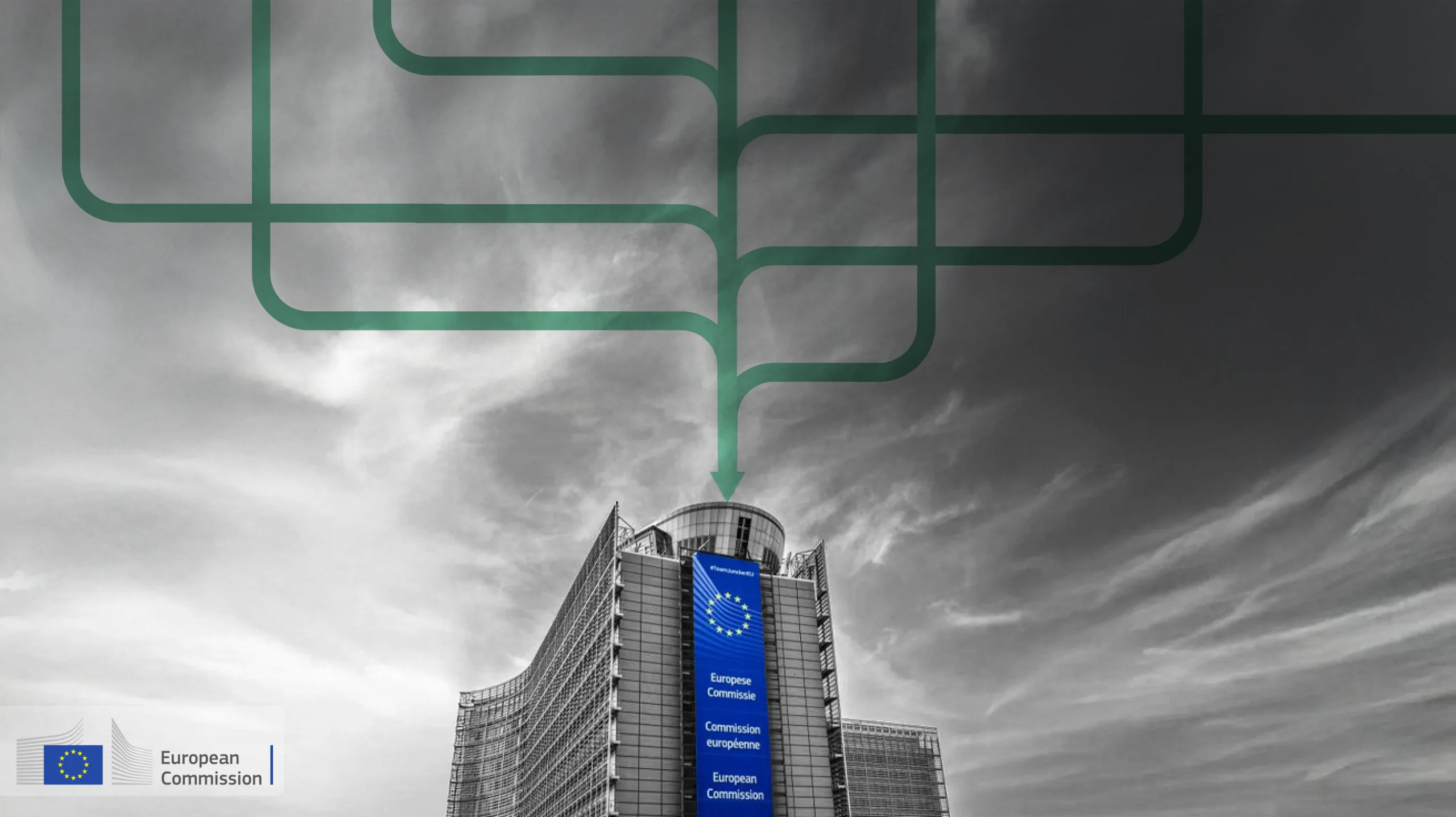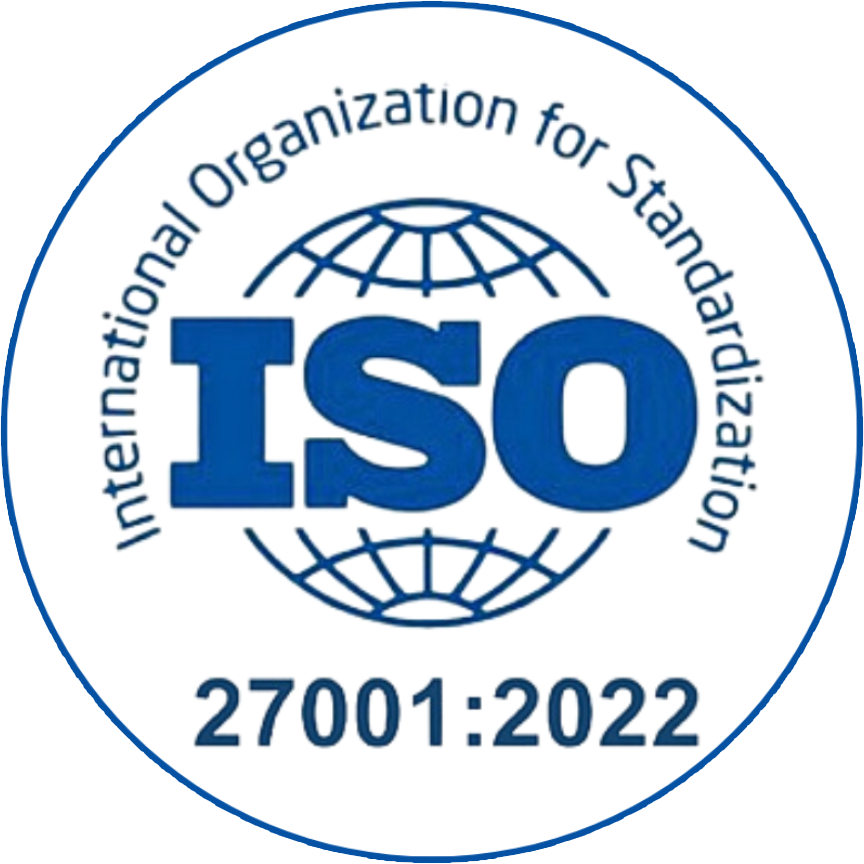Following the Omnibus proposal, the European Financial Reporting Advisory Group (EFRAG) has recently released Exposure Drafts of the European Sustainability Reporting Standards (ESRS). These amendments, published on July 31, 2025, aim to reduce the reporting burden on companies while preserving the CSRD’s alignment with the European Green Deal. A significant focus of these revisions is the simplification of the Double Materiality Assessment (DMA), a cornerstone of the ESRS framework that requires companies to evaluate sustainability topics from both impact and financial materiality perspectives.
This blog provides a detailed overview of the key changes to the DMA in the amended ESRS, based on the latest EFRAG publications and stakeholder feedback.
Quick Refresh: What is Double Materiality?
The DMA, as defined under ESRS 1 (General Requirements), mandates companies to assess sustainability matters through two lenses: impact materiality, which evaluates a company’s actual or potential impacts on people and the environment, and financial materiality, which considers how sustainability issues affect the company’s financial performance, risks, or opportunities. This dual perspective ensures comprehensive transparency, aligning with the CSRD’s objectives as outlined in Articles 19a and 29a of the Accounting Directive. The original ESRS, adopted in July 2023, introduced a detailed and sometimes complex DMA process, which prompted feedback about excessive reporting burdens and inconsistent application. The 2025 amendments address these concerns through targeted simplifications, as detailed below.
The DMA Rejig: Key Updates
EFRAG’s revised ESRS Exposure Drafts introduce several critical changes to the DMA process. These changes respond to stakeholder feedback, including over 800 survey responses, and aim to make the process more pragmatic, strategy-driven, and user-friendly. Below are the key updates:
1. Shift to a Strategy-Driven, Top-Down Approach
The amended ESRS moves away from a checklist-heavy, bottom-up approach to a more strategic, top-down DMA process. Previously, companies were required to conduct exhaustive assessments of all sustainability topics listed in ESRS 1 paragraph AR 16, often leading to boilerplate content and excessive documentation. The revised approach emphasizes identifying material topics based on the company’s business model and stakeholder priorities, reducing the need for granular evidence collection. Further, the list of material topics in AR 16 is modified and now added as Appendix A in draft ESRS 1 standards. In the updated list of topics, sub-sub-topic level is dropped and some topics are either amended or moved or merged or added or removed, to streamline DMA.
These revisions reflect a philosophical shift in the underlying purpose of sustainability reporting. Drawing inspiration from IFRS S1, the revised ESRS 1 explicitly introduces the principle of “fair presentation” as a guiding concept. This is intended to emphasize that the goal of sustainability reporting is not exhaustive compliance with a checklist, but rather the faithful and balanced communication of material sustainability information.
This shift allows companies to focus on sustainability issues most relevant to their operations and stakeholders, streamlining the assessment process. EFRAG reinforces the qualitative characteristics of useful information—relevance, faithful representation, comparability, verifiability, and understandability—as overarching principles that guide disclosure preparation.
The amended ESRS E1 standard now includes a separate section in Chapter 3, outlining the practical considerations involved in conducting DMA, in line with cost and resource constraints faced by reporting entities.
2. Clarifying the Impact-Financial Materiality Interplay
The revised draft maintains the two-dimensional structure of double materiality—impact materiality and financial materiality—but seeks to clarify how the principle should be operationalized.
Whereas previous versions of ESRS 1 presented these concepts somewhat distinctly, the revised draft emphasizes their interdependence. It states explicitly that sustainability impacts may be financially material from the outset or may become so over time, as their implications evolve. As a result, the materiality assessment must consider both dimensions in an integrated manner.This helps companies identify indirect financial effects of sustainability impacts, enhancing the quality of disclosures.
3. No Heavy Lifting— Just Keep it Reasonable
The amended ESRS introduces a more proportionate approach to evidence collection for materiality decisions. The original standards required extensive documentation, which stakeholders criticized as overly burdensome. The revised guidance emphasizes “reasonable and proportionate evidence” to support materiality assessments, reducing the level of detail needed. Further, it is clarified that reporting entities need not assess every possible impact, risk, and opportunity across operations and value chain during the DMA exercise.
This change alleviates the administrative load and to avoid “undue cost or effort” in the context of DMA, particularly for smaller entities within the CSRD scope. For example, a company assessing the materiality of water usage in its supply chain can now rely on high-level data or stakeholder input rather than exhaustive quantitative metrics, provided the rationale is documented.
EFRAG is conducting a targeted field test from September 8–26, 2025, to evaluate the practical feasibility of new guidance on remediation, mitigation, and prevention actions in the DMA, further refining evidence requirements.
4. Cut Redundancy in Stakeholder Engagement
The amendment adds a new application requirement (AR) providing relief for companies with existing processes for stakeholder engagement. If a company involves affected stakeholders in its due diligence process to identify, evaluate, and address negative impacts, the insights gained from this engagement can significantly inform its materiality assessment—without needing a separate process just for that purpose. However, the company may also choose to gather direct input from affected stakeholders or their representatives (such as employee groups or trade unions), as well as from sustainability report users and subject-matter experts.
Streamlining stakeholder engagement by cutting duplicate efforts helps make better use of resources. By tapping into existing due diligence processes to support materiality assessments, companies can avoid extra work and reduce unnecessary data collection and operational load.
5. Flexibility and Focus in Reporting Material Topics
The central principle introduced is that sustainability information must be presented at a level of aggregation or disaggregation that allows users to properly understand the nature and magnitude of impacts, risks, and opportunities. In other words, reporting entities are required to avoid excessive summarisation that would obscure significant details, while also refraining from unnecessary granularity that could overwhelm users or compromise clarity.
Further, the amendment clarifies that companies only need to disclose material information at the sub-topic level within the relevant topical standard, avoiding unnecessary detail on non-material aspects. It addresses concerns that previous guidance was being misused as a checklist, leading to excessive reporting.
These revisions mean that sustainability reporting must now balance conciseness with completeness more carefully than before. Entities will need to conduct internal reviews to determine whether their current aggregation practices mask significant variances.
Next Steps and Public Consultation
EFRAG has launched a 60-day public consultation on the revised ESRS Exposure Drafts, running until September 29, 2025. Stakeholders are encouraged to review the 12 Exposure Drafts, Logs of Amendments, and the Basis for Conclusions, available at EFRAG’s project page. A cost-benefit analysis survey will also be shared to assess the proposed simplifications. Companies should prepare to provide feedback, as the final ESRS, expected to be adopted by the European Commission by November 2025, will incorporate consultation outcomes.
Conclusion
The July 2025 amendments related to DMA represent an important evolution in the EU’s sustainability reporting framework. By reaffirming the centrality of double materiality and introducing a principles-based, fair presentation model, EFRAG is encouraging a more mature and purpose-driven approach to sustainability disclosure. For companies, this is both a challenge and an opportunity: a challenge to rethink legacy compliance models, and an opportunity to provide more meaningful, transparent, and strategic sustainability communications.
As sustainability reporting continues to evolve globally, the EU’s refined standards may well set a precedent for how regulators balance prescriptiveness with flexibility, and how companies balance legal obligations with stakeholder trust.
FAQs
What is Double Materiality under ESRS?
Double Materiality means assessing sustainability matters through two lenses: impact materiality (a company’s effects on people and the environment) and financial materiality (how sustainability issues affect the company’s finances). Both dimensions are required under ESRS 1 and align with Articles 19a and 29a of the CSRD.
What changed in the DMA process in July 2025?
The process shifted from a checklist-style, bottom-up exercise to a strategy-led, top-down assessment. Companies are now encouraged to identify material topics based on their business model and stakeholder priorities, not through exhaustive evaluations of predefined lists.
Do companies still need to assess both impact and financial materiality?
Yes, but with clearer guidance. The amended ESRS emphasizes that these two dimensions are often linked—sustainability impacts can become financially material over time. Companies are now expected to evaluate both together, not in silos.
Is extensive evidence still required to justify materiality decisions?
No. The amended ESRS introduces the concept of “reasonable and proportionate evidence.” Companies no longer need to collect exhaustive data for every potential impact—just enough to support their decisions without undue cost or effort.
How has the stakeholder engagement process been simplified?
If a company already conducts stakeholder engagement as part of its due diligence process, it can use those insights to inform its DMA. There’s no need to duplicate efforts by running separate engagement processes just for reporting purposes.
Are companies still required to disclose information at the sub-sub-topic level?
No. The amended ESRS drops the sub-sub-topic level entirely. Companies now only need to disclose material topics at the sub-topic level, helping avoid unnecessary detail and making reports more focused and understandable.
What is the principle of “fair presentation” and why is it important?
Fair presentation means disclosing sustainability information in a way that is balanced, clear, and decision-useful—not just following checklists. This principle, now introduced in ESRS 1, aligns with IFRS S1 and shifts the focus from box-ticking to strategic reporting.
Can companies omit materiality assessments for less relevant value chain impacts?
Yes, to an extent. Companies are no longer required to assess every possible impact across the full value chain. If a topic is not material or lacks sufficient data, it can be deprioritized—so long as this is clearly justified in the report.
What are the next steps in finalizing the amended ESRS?
EFRAG launched a 60-day public consultation that ends on September 29, 2025. Final ESRS standards, incorporating stakeholder feedback, are expected to be adopted by the European Commission by November 2025.
How should companies respond to these changes?
Review your current DMA process and reporting practices. Align with the revised ESRS drafts, participate in the consultation, and prepare for a more principles-based approach to sustainability disclosures that prioritizes relevance over quantity.










